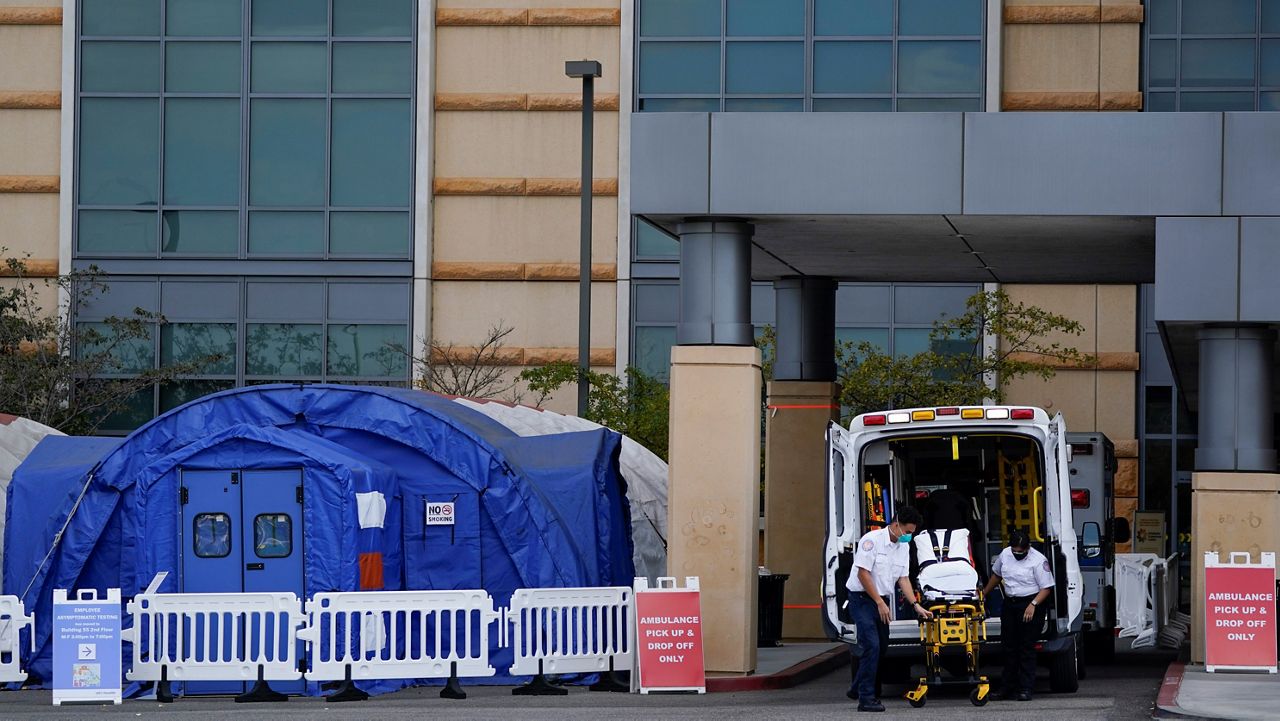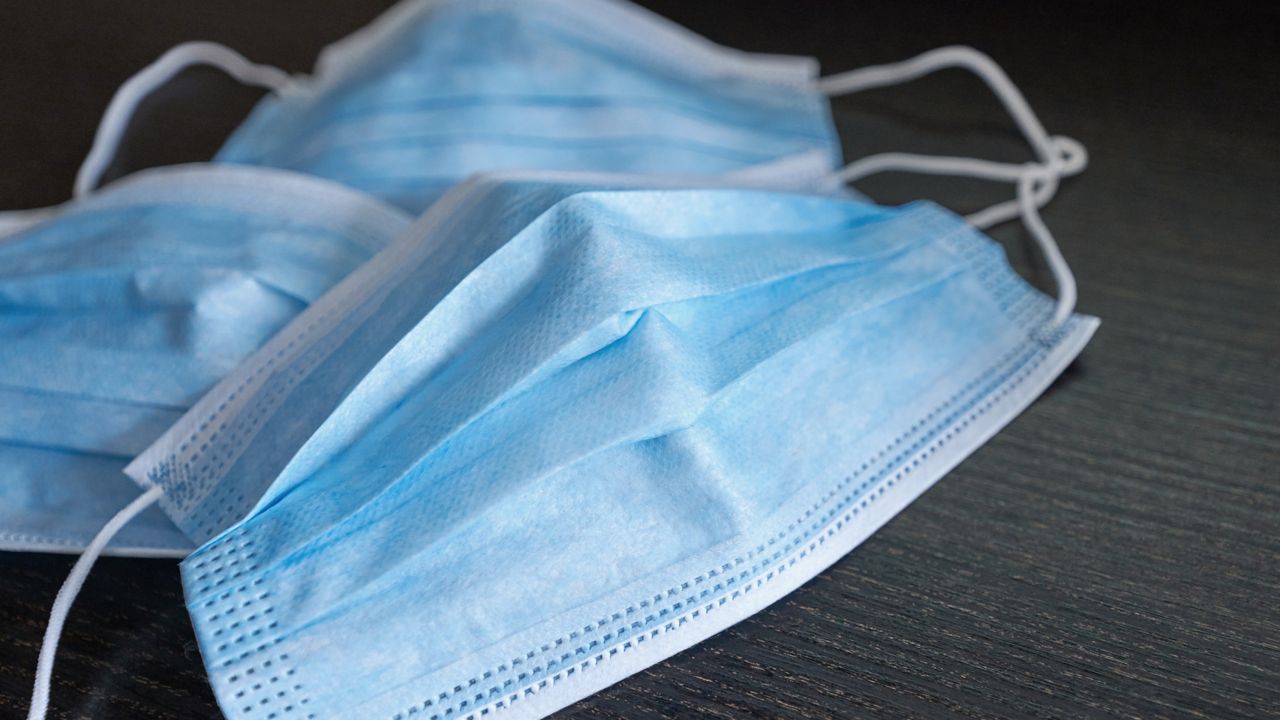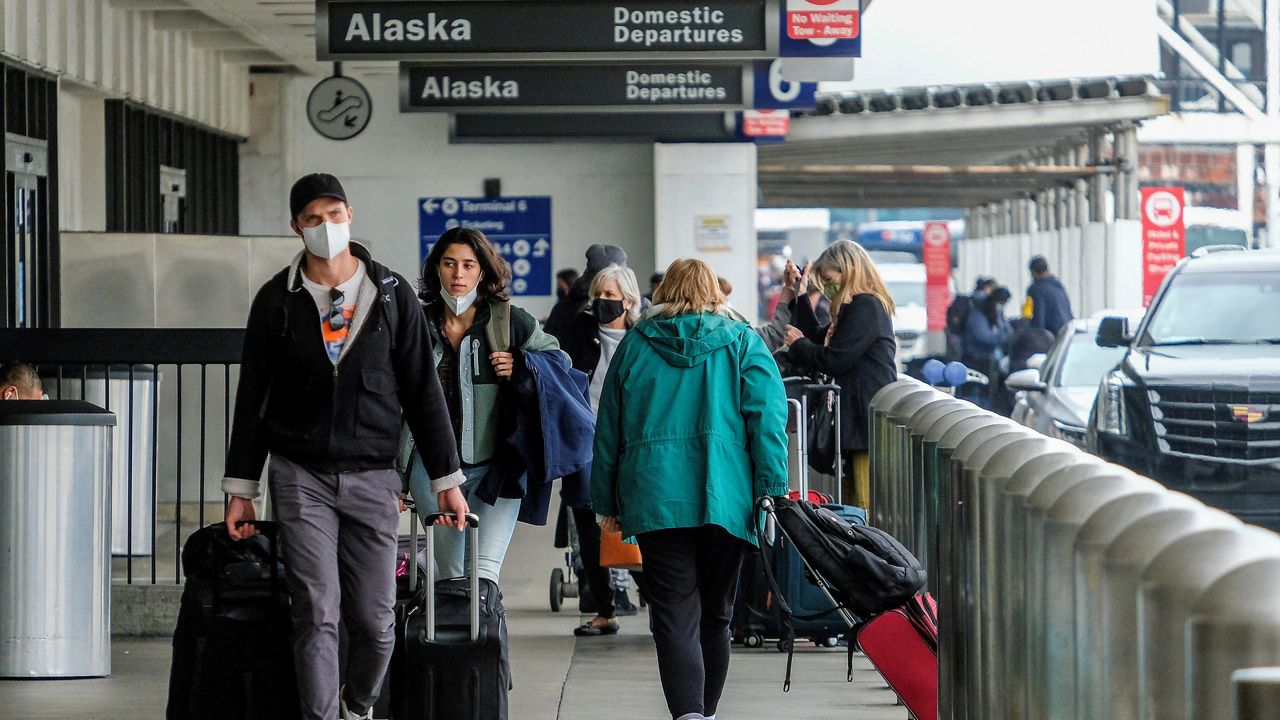IRVINE, Calif. — As the country experiences a surge in COVID-19 cases, so has University of California, Irvine, which is also boasting a vaccination and booster rate of 98%.
That’s as high as can be expected, many at the front of the coronavirus response believe.
In recent days, the campus has seen a surge in cases anyway, a reminder that no matter the caution and preparation an institution may make, spikes can happen anyway. Last week, the campus saw about 450 cases, a jump up from the teens the week before.
David Souleles, who took over the COVID-19 response for the university just as the illness began to spread, said he expects numbers to drop after graduation next week. But what comes after that is impossible to say.
“In some respects, the fall is like 100 years in COVID time. It can change on a dime,” he said.
Health leaders have worried about vaccine hesitancy, as critics of mandatory vaccine policies have pointed out that even vaccinated people can contract the illness. The medical community has pushed back, saying that while people are getting sick, hospital visits are way down.
“We really haven’t seen any hospitalizations of our students or faculty,” Souleles said. “I think that’s in part a testament not only to the vaccines, but to the other measures we’ve implemented.”
The university system as a whole has an extremely high vaccination rate — so high, Souleles noted, that effectively it can’t get any higher.
“I feel very fortunate in fact that we have that level of protection among our population,” he said.
However, even highly vaccinated populations can still contract the illness. Health officials worry that this can sometimes lead to greater vaccine hesitancy.
In January, UCI experienced its highest rate of infection with 1,800 — more than it had encountered during the entire pandemic up to that point. And that was with distance learning. So the university implemented mask mandates and carefully monitored case rates before scaling down mask mandates and return students to classrooms.
The recent surge hasn’t concerned Souleles that a return to distance learning will be needed so close to the end of term. It’s just a reminder of what new mutations can bring and that the future isn’t certain. What new steps they’ll take for the fall, if any, aren’t clear.
“COVID has to opportunity to surprise. Every time we think we’ve figured something out, we get a curve ball. I don’t think anybody expected the surge we’re seeing,” he said.
The long-term picture also remains muddy. While the Centers for Disease Control and Prevention have continued to recommend boosters, a clear rhythm for when those shots should be scheduled in the coming years has yet to come into focus. Will it be twice a year? Less? Souleles said he isn’t sure.
Protocol has replaced a clear forecast for what will happen. Souleles noted that the university looks at case rates in the general public and keeps inventory of the hospital beds available, what staff is ready to treat them and what additional masking mandates might do to tamp down on infections.
Efforts to keep people apart and masked have run into snags, and officials can’t say for sure when masking can go for good. Andrew Noymer, a professor of population health and disease prevention at UCI, said that needs to change.
“The question is, what, mask until 2030?“ Noymer said. “People deserve an endpoint, and unfortunately, we’re not doing a very good job of giving them one.”









